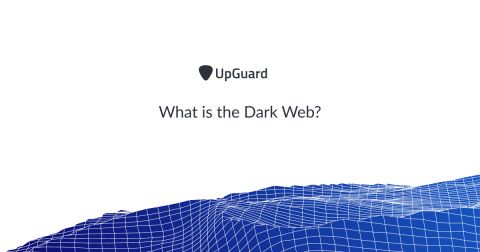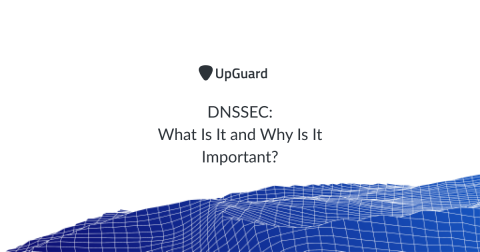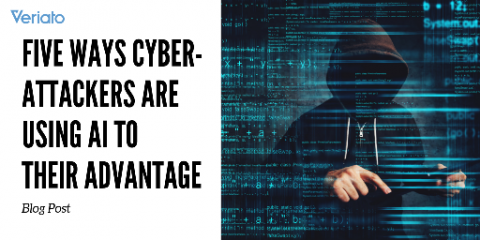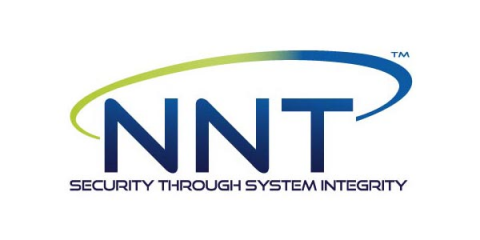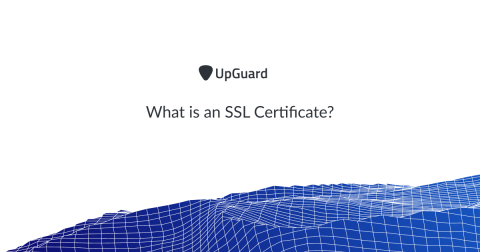Defining the "R" in Managed Detection and Response (MDR)
This spring, as the product and security operations teams at AT&T Cybersecurity prepared for the launch of our Managed Threat Detection and Response service, it became obvious to us that the market has many different understandings of what “response” could (and should) mean when evaluating an MDR solution. Customers typically want to know: What incident response capabilities does the underlying technology platform enable?



